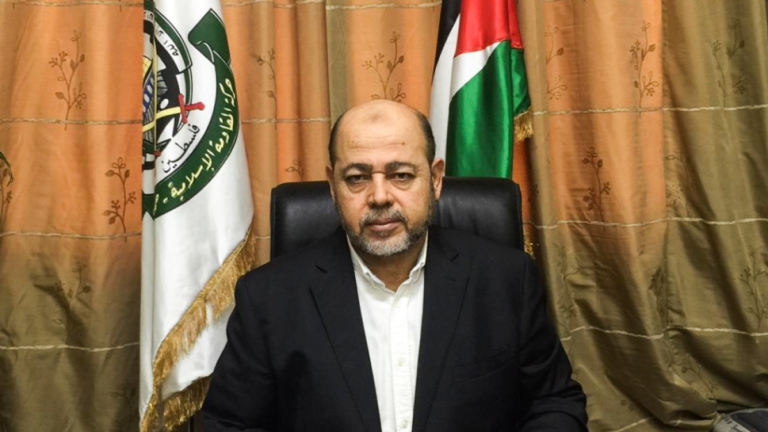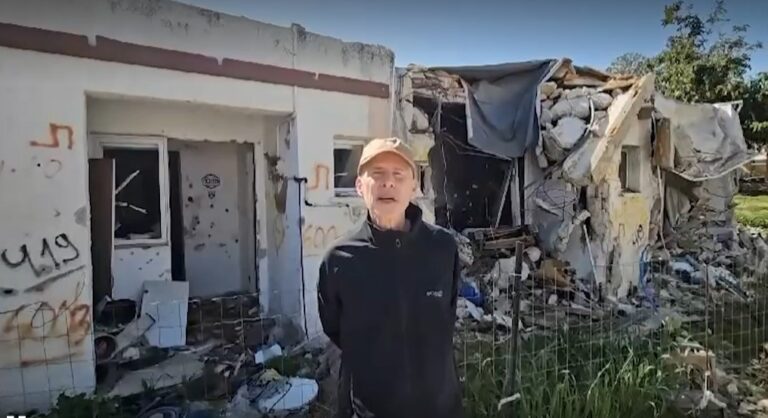 North Korea appears all set to detonate an atomic device, but confirming the explosion when it takes place will be virtually impossible for outsiders, specialists said Tuesday.
North Korea appears all set to detonate an atomic device, but confirming the explosion when it takes place will be virtually impossible for outsiders, specialists said Tuesday.
The best indication of a test will be seismic tremors and abnormal radiation in the air, but even that can be masked if North Korea wants to. In all likelihood the first word of the test will come from Pyongyang itself, just as it happened when the country conducted nuclear tests in 2006 and 2009.
Last week, North Korea warned a third nuclear test is planned to protest toughened international sanctions meant to punish it for firing a long-range rocket in December. The world sees the launch a ballistic missile test banned by the U.N. while Pyongyang says it only shot a satellite aboard the rocket into orbit as part of a peaceful space development program.
The U.S., South Korea and their allies pressed the North to scrap its nuclear test plans, saying that will only worsen the country’s decades-old international isolation.
The threats have placed scientists and experts in South Korea on high alert as any test is likely to aggravate the already high tensions on the divided Korean Peninsula.
South Korea’s Defense Ministry said Tuesday it believes North Korea has nearly completed nuclear test plans, confirming satellite analysis last week by the U.S.-Korea Institute, a research group at the Johns Hopkins School of Advanced International Studies.
Its satellite images of the Punggye-ri site — where the previous two nuclear tests were conducted — reveal that the North Koreans may have been sealing the tunnel into a mountainside where a nuclear device would be detonated.
In the event of such an underground nuclear test, earthquake monitoring stations in South Korea can detect seismic tremors accompanied by low-frequency sound waves. While earthquakes trigger seismic waves they don’t produce sound waves.
But this is at best a strong indication of the test and not an absolute confirmation.
An earthquake expert at the state-run Korea Meteorological Administration said his office aims to find out the magnitude of the tremor, the time it started and the exact location on the map within 10 minutes of the explosion. He spoke on condition of anonymity because he wasn’t authorized to speak to media.
Experts also note that an artificial earthquake, such as created by a nuclear explosion, rarely triggers the same wave patterns as natural quakes.
North Korea can also try to deceive and give the impression that it exploded a nuclear device by simply exploding sophisticated conventional weapons that would trigger the same seismic waves as ones produced by a nuclear test, said Chi Heoncheol, an earthquake specialist at the government-funded Korea Institute of Geoscience and Mineral Resources.
By raising tensions this way, North Korea may hope to wrest concessions or aid in return for promises to scale back its unproven nuclear capability.
“Even if they bring truckloads of high-powered conventional explosives, put them (into an underground tunnel) and explode them, they will generate the same seismic wave and sound wave,” Chi said. Only difference is no radioactivity would be detected from the explosion of conventional weapons, he said.
The best course for scientists would be to collect air samples to look for increased radioactive activities but the process could take days. Even if the wind is favorable — and assuming North conducts the test at Punggye-ri in the country’s northeastern corner — it will take more than one day for airborne radioactive isotopes like xenon to reach South Korea, according to an official at the government-run Nuclear Safety and Security Commission.
The official, who requested anonymity citing the sensitive nature of the subject, acknowledged it may be impossible to confirm a test if the wind doesn’t blow southward or if North Korea plugs the underground tunnel so tightly that no radioactive gas escapes.
South Korea confirmed increased radiation levels following the North’s 2006 nuclear test but didn’t find anything in 2009.
And if North Korea decides to conduct a so-called subcritical test, there would be no release of radioactivity at all.
A sub-critical test only works on the properties of plutonium but stop short of creating a critical mass, the point at which a self-sustaining nuclear reaction occurs. Such an experiment requires a “very difficult technology” that only a few countries like the U.S., Russia and England have acquired, said nuclear expert Whang Joo-ho of Kyung Hee University.
“I believe North Korea’s technology has not reached to that level,” Whang said.
North Korea said its upcoming atomic explosion will be a “high-level” test and many analysts said that refers to a device made from highly enriched uranium, which gives the country a second source to manufacture bombs in addition to plutonium.
Whether North Korea detonates a uranium- or plutonium-based device, there won’t be much difference in how easily scientists can detect tests. The only difference is they produce different radioactive gases, Whang said.
He also said a uranium-based test explosion means North Korea’s nuclear stockpile can continue to be enlarged at a time when there is no evidence of continued production of plutonium at its main Yongbyon nuclear complex.
North Korea watchers in South Korea are speculating diverse dates for a possible nuclear test, with some predicting that could happen as early as this week and others choosing the days just before the Feb. 16 birthday of late North Korean leader Kim Jong Il.
There is no way to find out when North Korea would conduct a nuclear test, said analyst Shim BeomChul at the state-run Korea Institute for Defense Analyses in Seoul. U.S. spy satellites “can detect objects 15 centimeters (5.91 inches) in size on the ground but they cannot detect what’s happening in underground.”
(AP)










